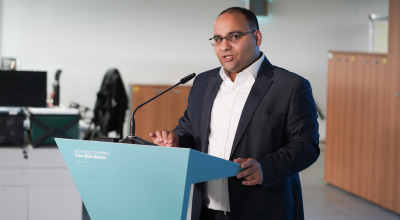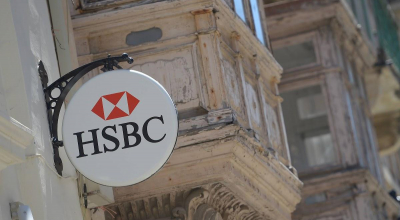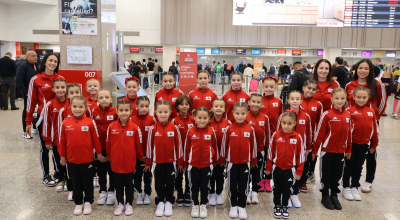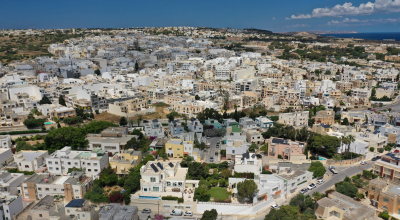Paola kappillan whips up 17th century martyrs to lampoon Pope’s apology
Archbishop’s delegate on evanglisation calls out Paola archpriest who used memory of Canadian Jesuit martyrs in reference to Vatican apology for abuse in Catholic church-run residential schools for Indigenous people

A Maltese parish archpriest’s post on Facebook caused outrage among other Catholics who said an image he posted lampooned Pope Francis’ apology to Canadian Indigenous peoples this week.
The Roman Pontiff was in Canada where he apologised for the Church’s role in historical abuses – specifically the “disastrous error” and “evil” of Canada’s church-run residential schools – where he asked survivors of the system that abused tens of thousands of children for forgiveness as he toured the country on a “pilgrimage of penance”.
But Paola’s kappillan Fr Marc Andre Camilleri’s post betrays another side of Maltese clericailsm that recoils at Bergoglio’s missions of redemption: an image of the eight ‘Canadian martyrs’ – Jesuits canonised in 1930 – who were killed by Iroquois tribes in 1649 in a massacre of the Huron indigenous peoples.
The post provoked outrage among some Catholics who engaged with Camilleri on the image.
One of them was Prof. Nadia Delicata, who is also Canadian, and is the Maltese Archbishop’s episcopal delegate for evangelisation, who said she found the image upsetting.
“To abuse and commit cultural genocide in the name of the gospel is blasphemy. The Catholic Church in Canada recognizes that. Pope Francis is on a penitential pilgrimage because of the extreme horrors committed by Catholics like you and me. Maybe a bit of respect for the efforts of the Canadian Church to seek reconciliation is in order. And maybe we can try to learn a bit from their efforts as well,” Prof. Delicata said.

Camilleri replied, undeterred. “If the image of the Martyrdom of canonized saints, who gave their life to evangelize upsets the bishop’s delegate for evangelization, we are in a very sorry state, not that we needed any further confirmation of that. They suffered horrendous tortures and stood fast in their faith and their commitment. Maybe we should learn from them – after all the Church canonized them as examples for us. May the Martyrs of Canada intercede for our Church and rekindle in it the missionary zeal.”
A history teacher at St Albert College, Bernard Cauchi, also called out Camilleri for deliberately giving the impression that the indigenous fightback against missionaries was not related to the evils of colonialism, that predated religious missionaries. “You should be ashamed as a priest, spreading this misleading material.”

Other Facebook commenters joined the fray, taking issue with Camilleri for portraying “the invaders as victims and the ones defending their homes and families from the European barbaric invasion as perpetrators.”
Camilleri was adamant that he was making a difference between “invaders” and Jesuit missionaries murdered for preaching the gospel “in obedience to the Lord’s command”.
“Maybe you might want to discuss that with Our Lord – ‘Go, and make disciples of all nations, baptising them in the name of the Father and of the Son and of the Holy Spirit’. Or maybe he did not mean to say it? Or could we interpret it differently.”

Over more than a century, at least 150,000 Indigenous children in Canada were taken from their families and forced to attend schools like Ermineskin, run by the Catholic church.
Survivors of the school have testified about physical abuse as well as punishment for speaking their mother tongue. At least 15 children died while attending the school, including three of tuberculosis in 1903. A government survey in the 1920s found that half of the pupils at the school were infected with tuberculosis, according to the Indian Residential School History and Dialogue Centre.
In 2008, the federal government formally apologised for establishing and running the schools, paying billions of Canadian dollars in compensation to survivors.
The Vatican for years had repeatedly resisted calls for a papal apology. But Francis made his apology in the presence of Indigenous leaders and residential school survivors, on the traditional territory of those affected by the legacy of the schools.
In April, during a meeting with Indigenous delegates at the Vatican, Francis apologised to survivors, formally expressing contrition for “deplorable” past abuses.


.png)
.png)


.jpg)







.jpeg)




.png)


